- Cisco Talos recently discovered an ongoing campaign from SneakyChef, a newly discovered threat actor using SugarGh0st malware, as early as August 2023.
- In the newly discovered campaign, we observed a wider scope of targets spread across countries in EMEA and Asia, compared with previous observations that mainly targeted South Korea and Uzbekistan.
- SneakyChef uses lures that are scanned documents of government agencies, most of which are related to various countries’ Ministries of Foreign Affairs or embassies.
- Beside the two infection chains disclosed by Talos in November, we discovered an additional infection chain using SFX RAR files to deliver SugarGh0st.
- The language used in the SFX sample in this campaign reinforces our previous assertion that the actor is Chinese speaking.
Cisco Talos would like to thank the Yahoo! Paranoids Advanced Cyber Threats Team for their collaboration in this investigation.
In early August 2023, Talos discovered a campaign using the SugarGh0st RAT to target users in Uzbekistan and South Korea. We continued to observe new activities using the same malware to target users in a wider geographical location. Therefore, we created an actor profile for the group and dubbed them “SneakyChef.”
Talos assesses with medium confidence that SneakyChef operators are likely Chinese-speaking based on their language preferences, the usage of the variants of Gh0st RAT — a popular malware among various Chinese-speaking actors — and the specific targets, which includes the Ministry of Foreign affairs of various countries and other government entities. Talos also discovered another RAT dubbed “SpiceRAT” used in the campaign. Read the corresponding research here.
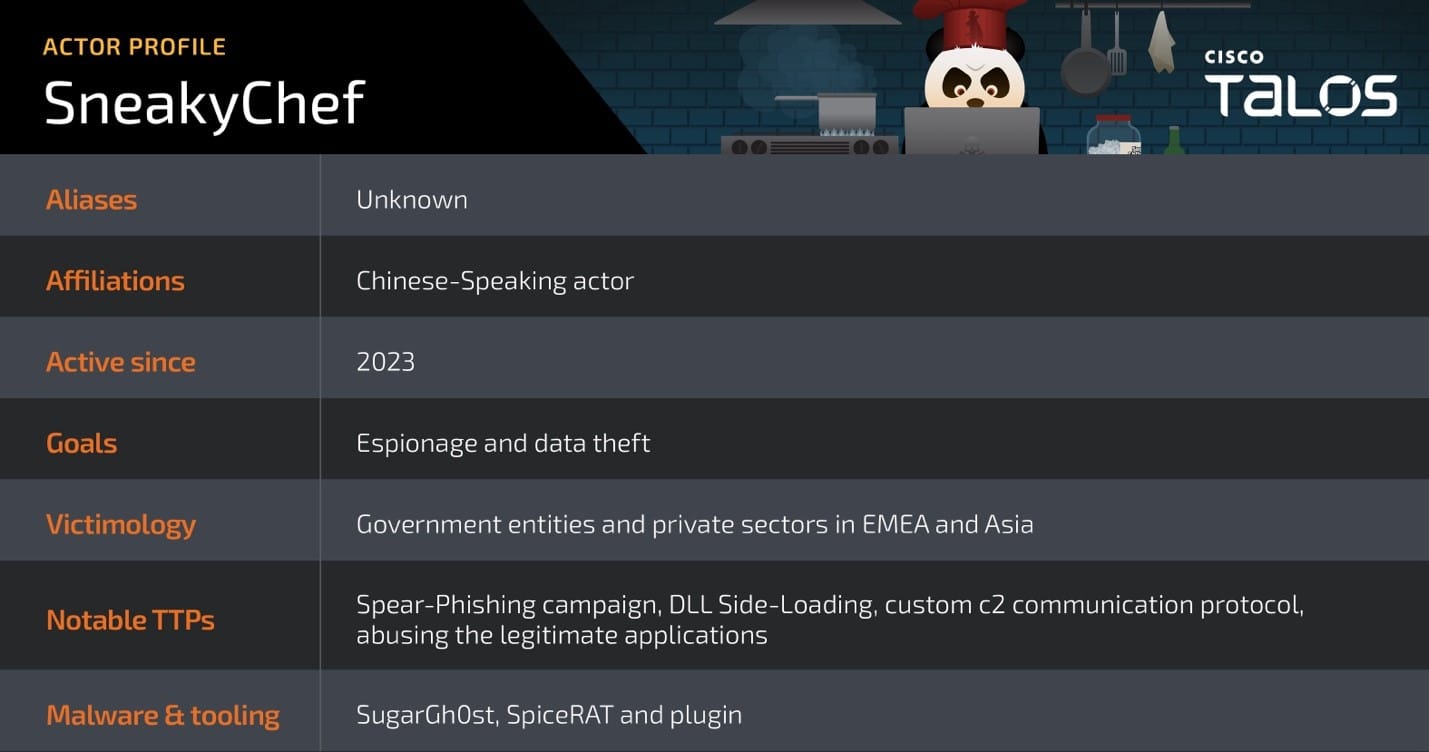
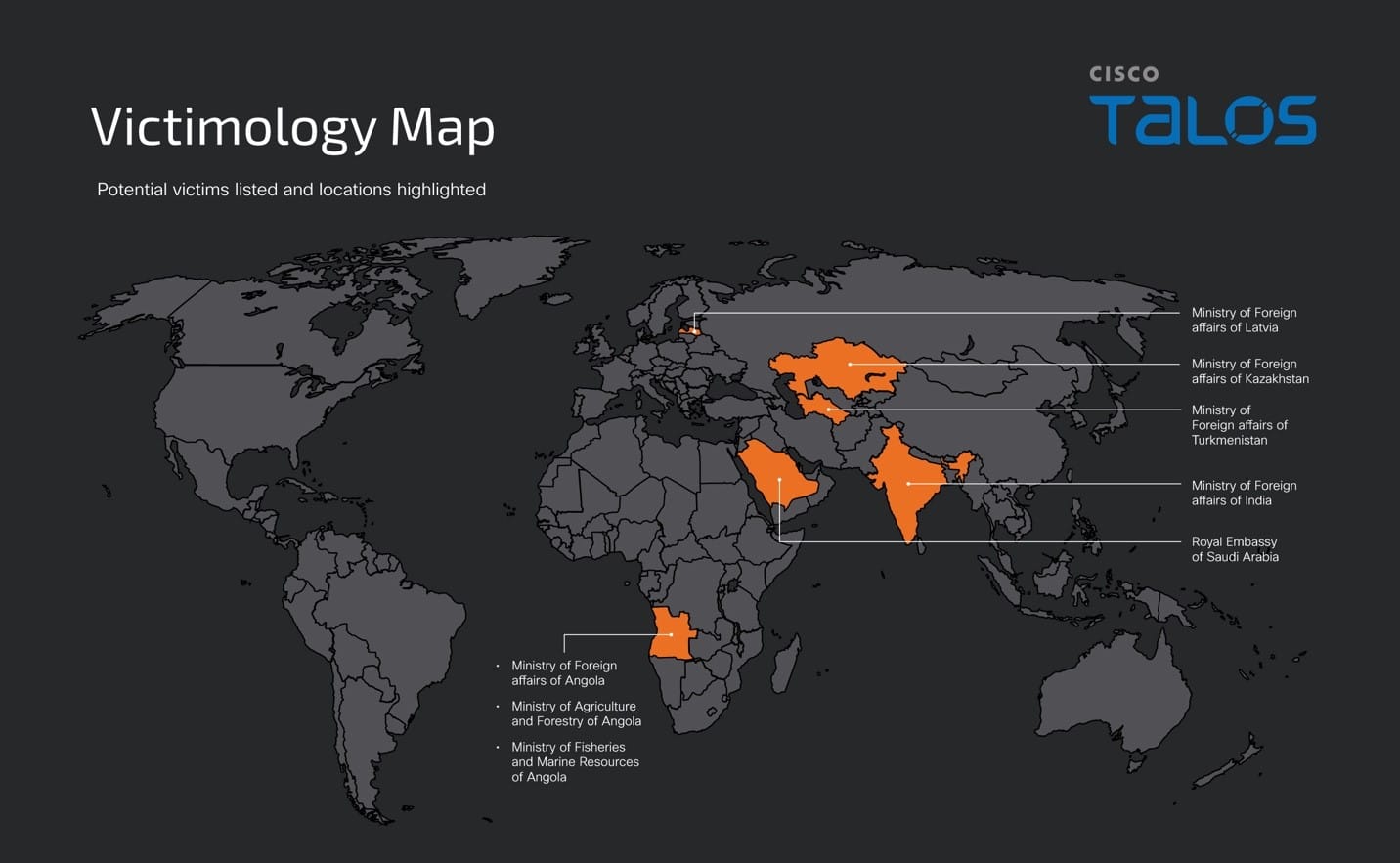
Talos assess with low confidence that the following government agencies are the potential targets in this campaign based on the contents of the decoy documents:
- Ministry of Foreign affairs of Angola
- Ministry of Fisheries and Marine Resources of Angola
- Ministry of Agriculture and Forestry of Angola
- Ministry of Foreign affairs of Turkmenistan
- Ministry of Foreign affairs of Kazakhstan
- Ministry of Foreign affairs of India
- Embassy of the Kingdom of Saudi Arabia in Abu Dhabi
- Ministry of Foreign affairs of Latvia
Most of the decoy documents we found in this campaign are scanned documents of government agencies, which do not appear to be available on the internet. During our research, we observed and analyzed various decoy documents with government-and research conference-themed lures in this campaign. We are sharing a few samples of the decoy documents accordingly.
Lures targeting Southern African countries
The threat actor has used decoy documents impersonating the Ministry of Foreign affairs of Angola. The lure content in one of the sample documents appeared to be a circular from the Angolan Ministry of Fisheries and Marine Resources about a debt conciliation meeting between the ministry authority and a financial advisory company.
Another document contained information about a legal decree concerning state or public assets and their disposal. This document appealed to anyone interested in legal affairs and public heritage regimes and was addressed to the Ministry of Foreign Affairs – MIREX, a centralized institution in Luanda.
|
|
|
Lures targeting Central Asian countries
The decoy documents used in the attacks likely targeting countries in Central Asia were either impersonating the Ministry of Foreign affairs of Turkmenistan or Kazakhstan. One of the lures is related to a meeting organized with the Turkmenistan embassy in Argentina and the heads of transportation and infrastructure of the Italian Republic. Another document was a report of planned events and the government-issued list of priorities to be addressed in the year 2024 that includes a formal proclamation-signing event between the Ministry of Defense of Uzbekistan and the Ministry of Defense of Kazakhstan.
|
|
|
Lures targeting Middle Eastern countries
A decoy document we observed in the attack likely targeting Middle Eastern countries was an official circular regarding the declaration of an official holiday for the Founding Day of the Kingdom of Saudi Arabia.
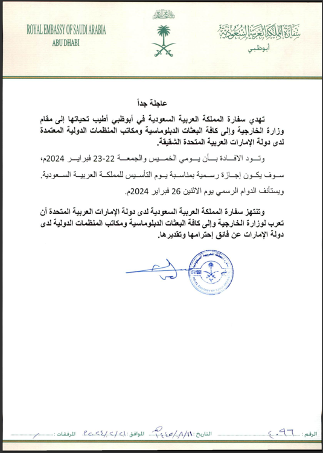
Lures targeting Southern Asian countries
We found another sample that was likely used to target the Indian Ministry of Foreign Affairs. It has decoy documents, including an Indian passport application form, along with a copy of an Aadhar card, a document that serves as proof of identity in India.
|
|
|
One of the decoy Word documents we observed contained lures related to India-U.S. relations, including a list of events involving interactions between India’s prime minister and the U.S. president.
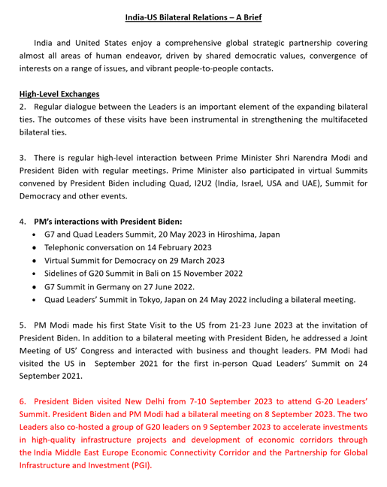
Lures targeting European countries
A decoy document found in a sample likely targeting the Ministry of Foreign Affairs of Latvia was a circular impersonating the Embassy of Lithuania. It contained a lure document regarding an announcement of an ambassador’s absence and their replacement.
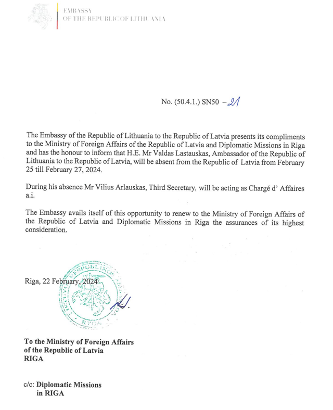
Other targets
Along with the government-themed decoy document samples we analyzed, we observed a few other samples from these campaigns. These included decoys such as an application form to register for a conference run by the Universal Research Cluster (URC) and a research paper abstract of the ICCSE international conference. We also saw a few other decoys related to other conference invitations and details, including those for the Political Science and International Relations conference.
|
|
|
Recently, Proofpoint researchers reported a SugarGh0st campaign targeting an organization in the U.S. involved in artificial intelligence across academia, the private technology sector, and government services, highlighting the wider adoption of SugarGh0st RAT in targeting various business verticals.
After Talos’ initial disclosure of SugarGh0st campaign in November 2023, we are attributing the past attacks to the newly named threat actor SneakyChef. Despite our disclosure, SneakyChef continued to use the C2 domain we mentioned and deployed the new samples in the following months after our blog post. Most of the samples observed in this campaign communicate with the C2 domain account[.]drive-google-com[.]tk, consistent with their previous campaign. Based on Talos’ Umbrella records, resolutions to the C2 domain were still observed until mid-May.
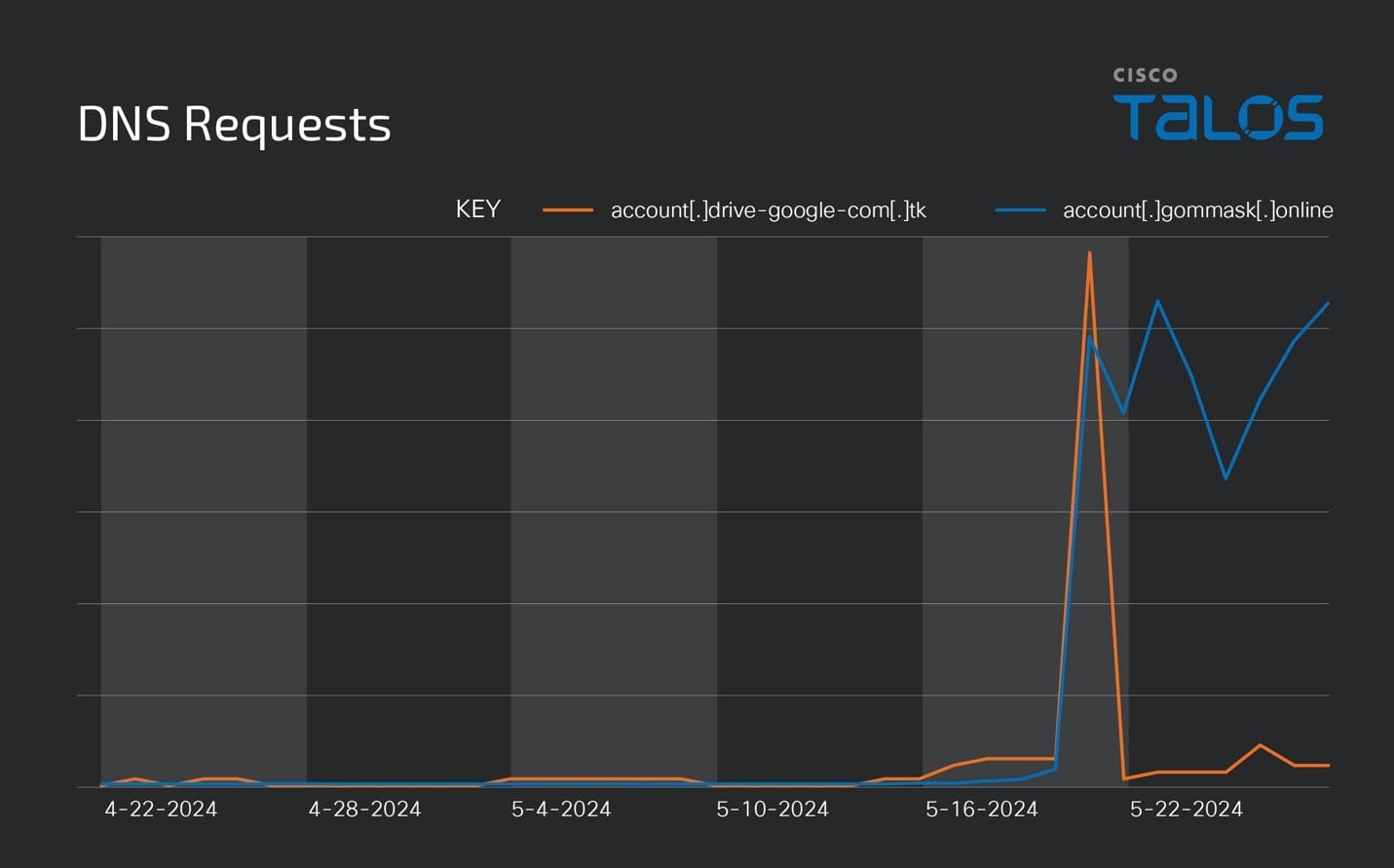
Talos also observed the new domain account[.]gommask[.]online, reported by Proofpoint as being used by SugarGh0st. The domain was created in March 2024, and queries were observed through April 21.
With Talos’ first reporting of the SugarGh0st campaign in November, we disclosed two infection chains that utilized a malicious RAR with an LNK file, likely delivered via phishing email. In the newly observed campaign, in addition to the old infection chains, we discovered a different technique from a few malicious RAR samples.
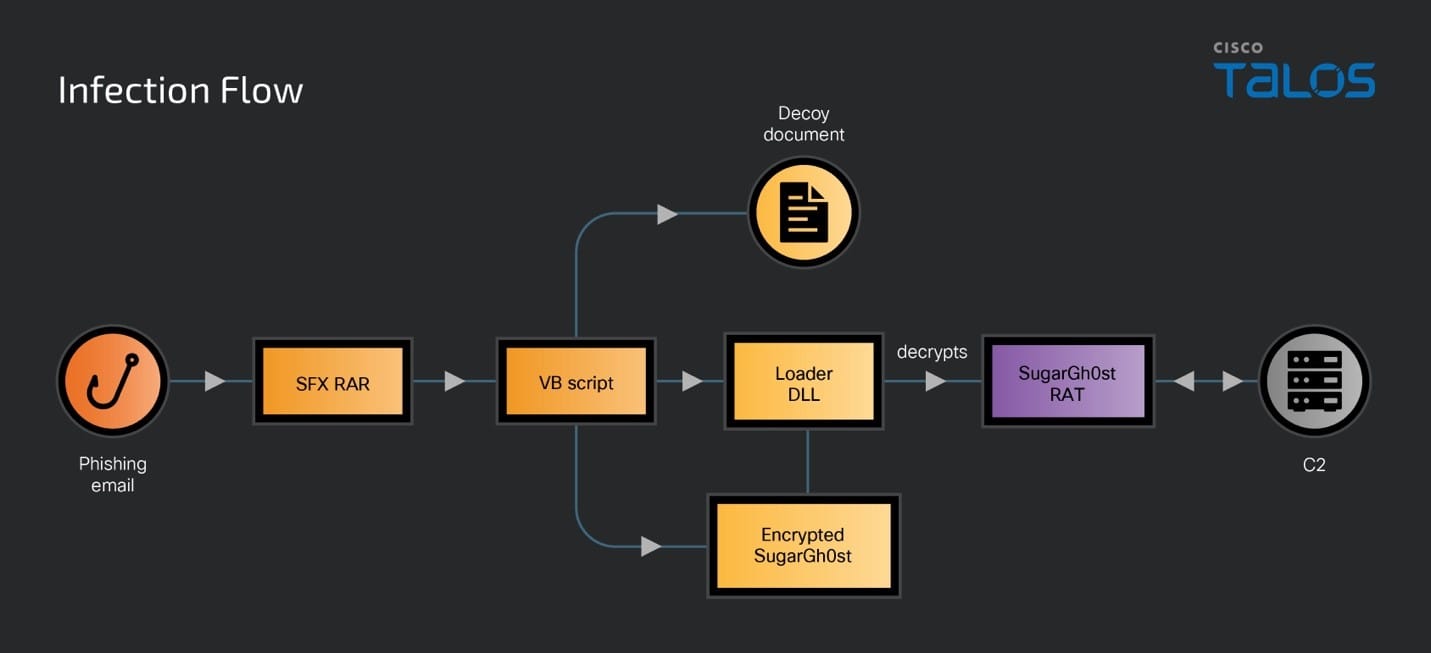
The threat actor is using an SFX RAR as the initial vector in this attack. When a victim runs the executable, the SFX script executes to drop a decoy document, DLL loader, encrypted SugarGh0st, and a malicious VB script into the victim’s user profile temporary folder and executes the malicious VB script.

The malicious VB script establishes persistence by writing the command to the registry key UserInitMprLogonScript which executes when a user belonging to either a local workgroup or domain logs into the system.
|
Registry key |
|
|
HKCUEnvironmentUserInitMprLogonScript |
regsvr32.exe /s %temp%update.dll |

When a user logs into the system, the command runs and launches the loader DLL “update.dll” using regsvr32.exe. The loader reads the encrypted SugarGg0st RAT “authz.lib”, decrypts it and injects it into a process. This technique is same as that of the SugarGh0st campaign disclosed by the Kazakhstan government in February.

Cisco Secure Endpoint (formerly AMP for Endpoints) is ideally suited to prevent the execution of the malware detailed in this post. Try Secure Endpoint for free here.
Cisco Secure Web Appliance web scanning prevents access to malicious websites and detects malware used in these attacks.
Cisco Secure Email (formerly Cisco Email Security) can block malicious emails sent by threat actors as part of their campaign. You can try Secure Email for free here.
Cisco Secure Firewall (formerly Next-Generation Firewall and Firepower NGFW) appliances such as Threat Defense Virtual, Adaptive Security Appliance and Meraki MX can detect malicious activity associated with this threat.
Cisco Secure Malware Analytics (Threat Grid) identifies malicious binaries and builds protection into all Cisco Secure products.
Umbrella, Cisco’s secure internet gateway (SIG), blocks users from connecting to malicious domains, IPs and URLs, whether users are on or off the corporate network. Sign up for a free trial of Umbrella here.
Cisco Secure Web Appliance (formerly Web Security Appliance) automatically blocks potentially dangerous sites and tests suspicious sites before users access them.
Additional protections with context to your specific environment and threat data are available from the Firewall Management Center.
Cisco Duo provides multi-factor authentication for users to ensure only those authorized are accessing your network.
Open-source Snort Subscriber Rule Set customers can stay up to date by downloading the latest rule pack available for purchase on Snort.org. Snort SID for this threat is 62647.
ClamAV detections are also available for this threat:
Win.Trojan.SugarGh0stRAT-10014937-0
Win.Tool.DynamicWrapperX-10014938-0
Txt.Loader.SugarGh0st_Bat-10014939-0
Win.Trojan.SugarGh0stRAT-10014940-0
Lnk.Dropper.SugarGh0stRAT-10014941-0
Js.Trojan.SugarGh0stRAT-10014942-1
Win.Loader.Ramnit-10014943-1
Win.Backdoor.SugarGh0stRAT-10014944-0
Win.Trojan.SugarGh0st-10030525-0
Win.Trojan.SugarGh0st-10030526-0
Orbital Queries
Cisco Secure Endpoint users can use Orbital Advanced Search to run complex OSqueries to see if their endpoints are infected with this specific threat. For specific OSqueries related to this threat, please follow the links:
Indicators of Compromise associated with this threat can be found here
Source: https://blog.talosintelligence.com/sneakychef-sugarghost-rat/